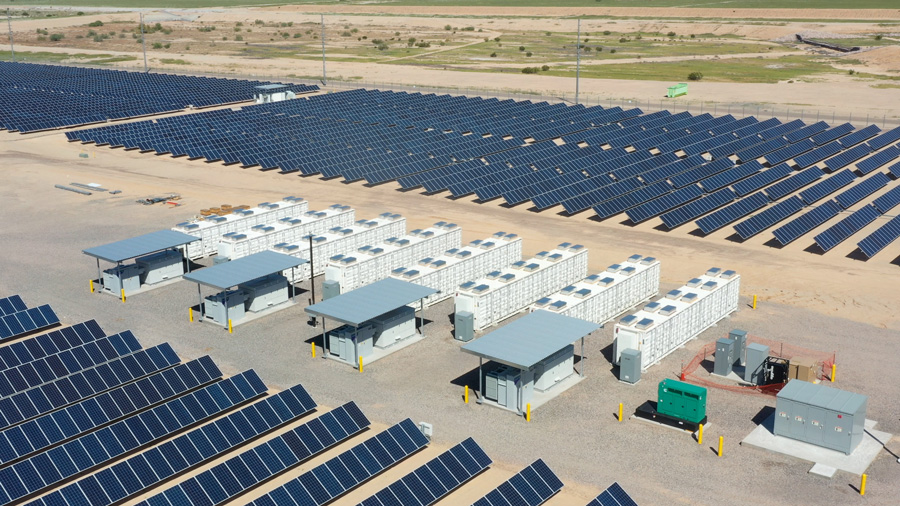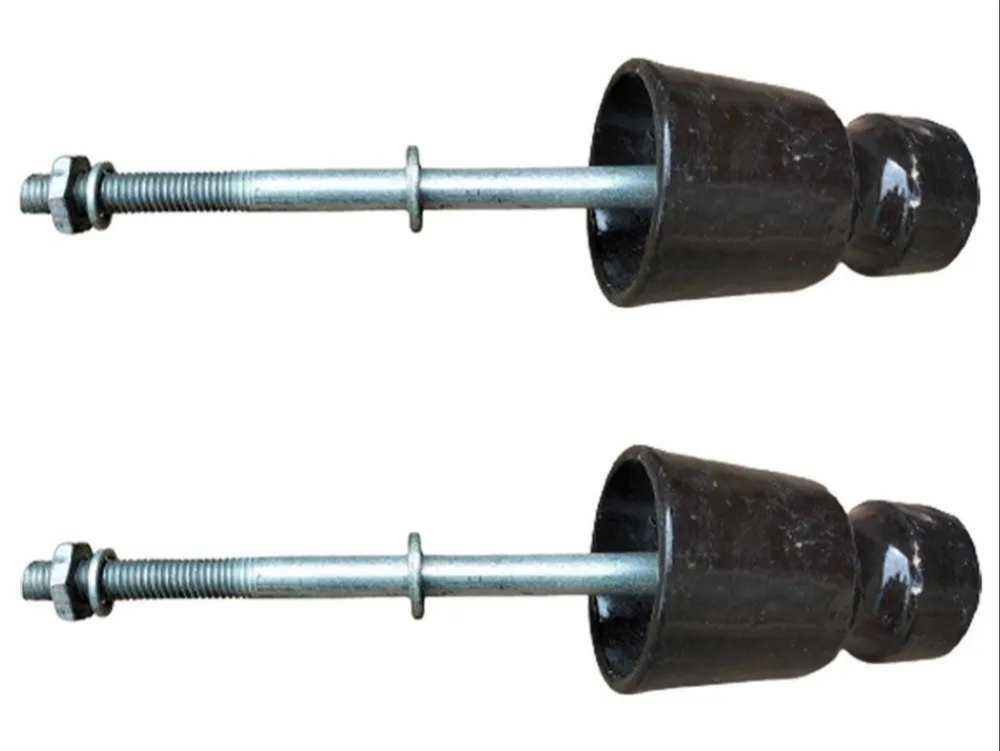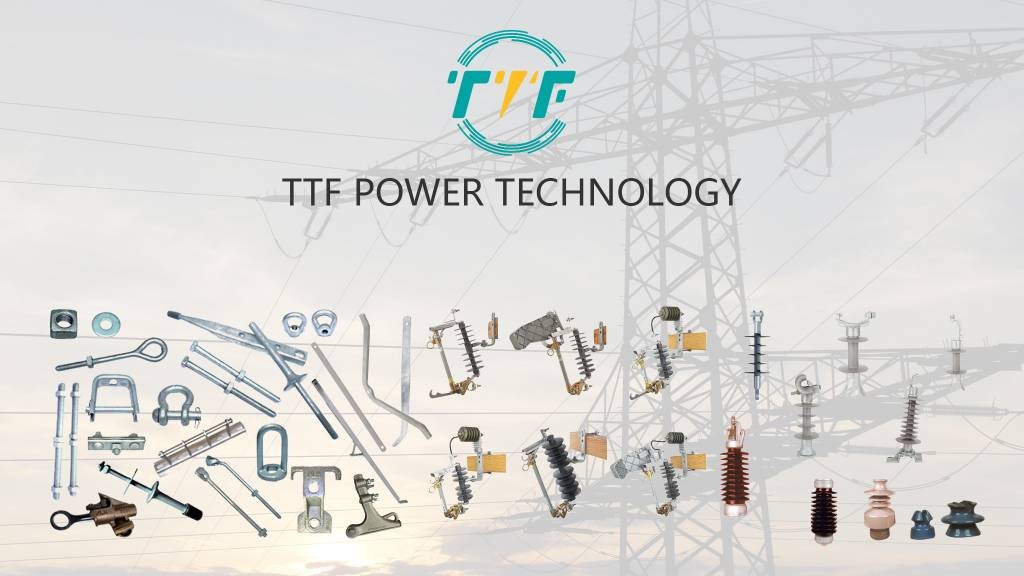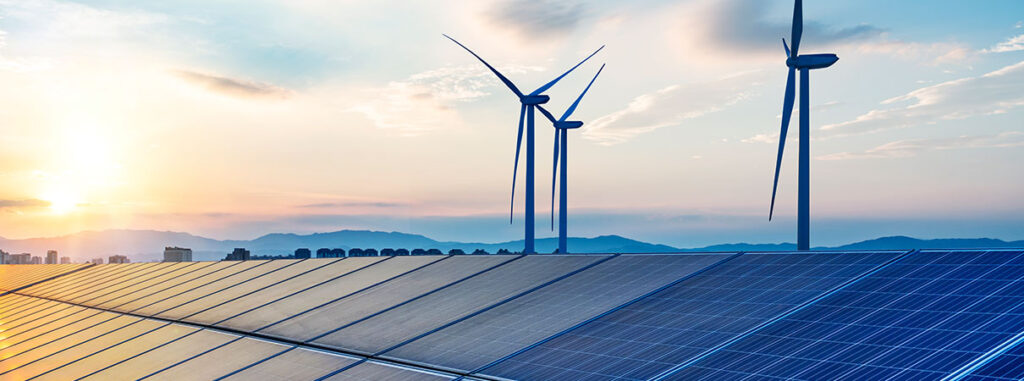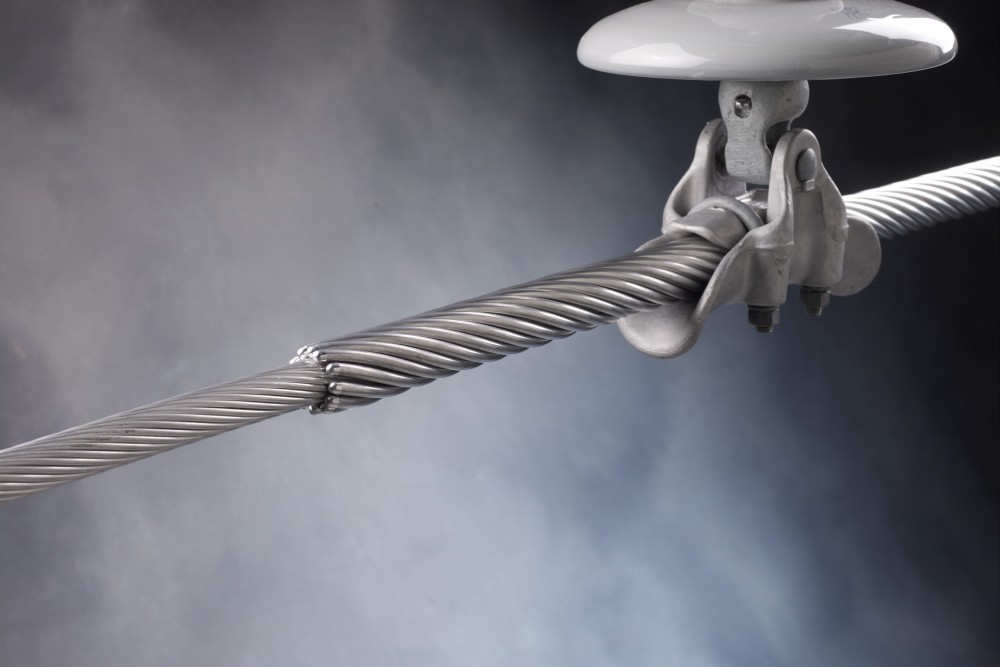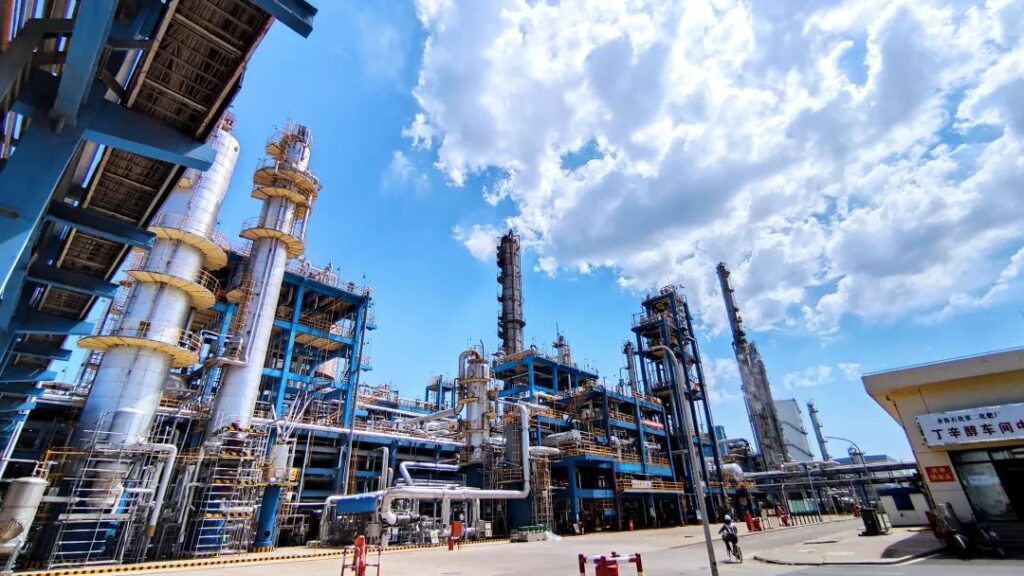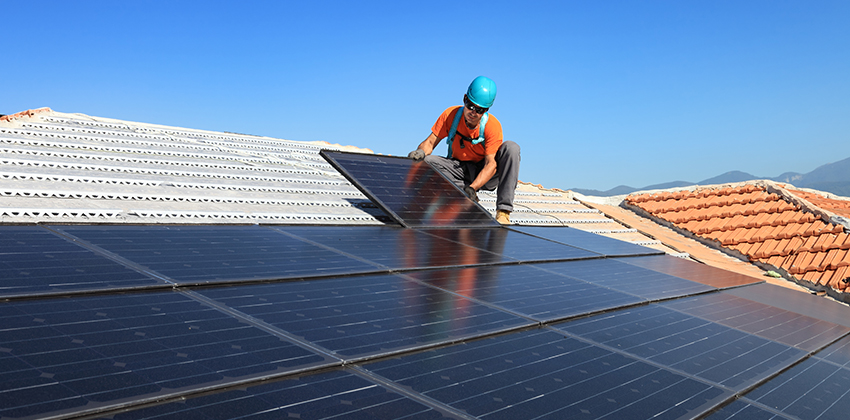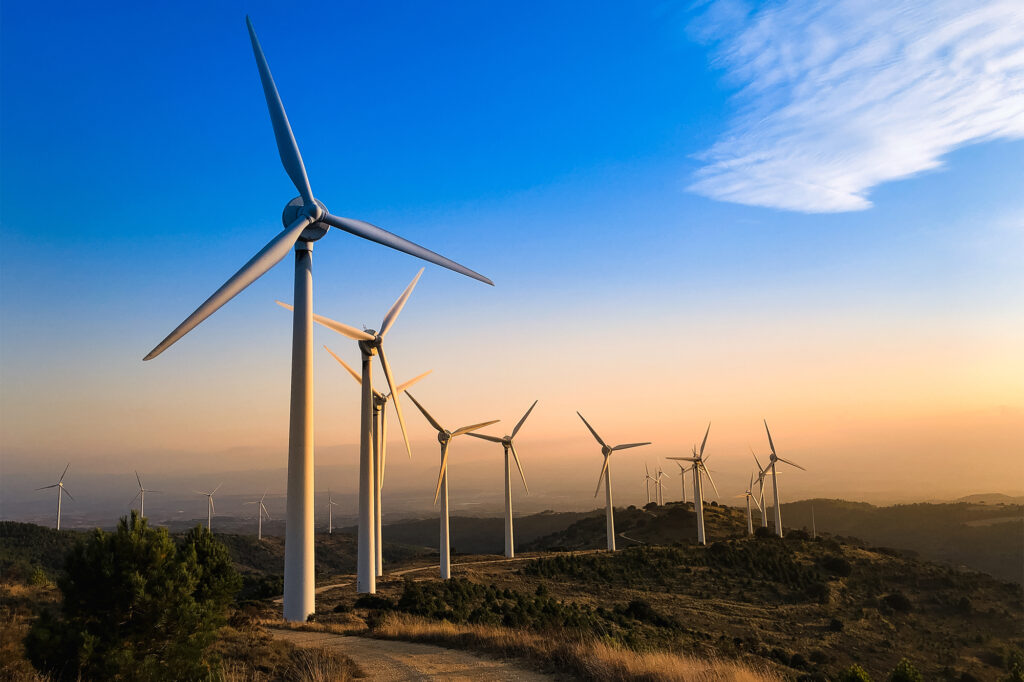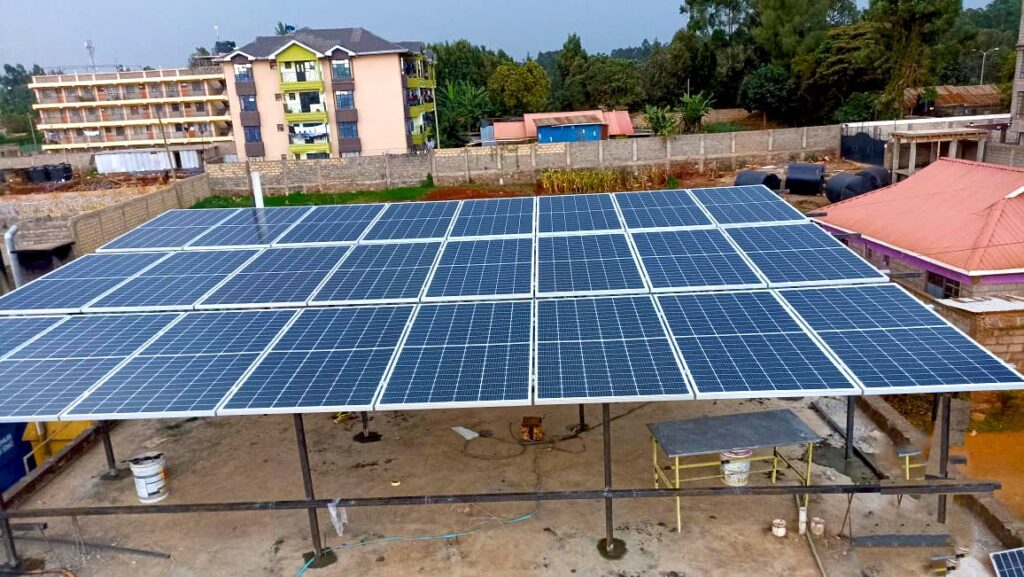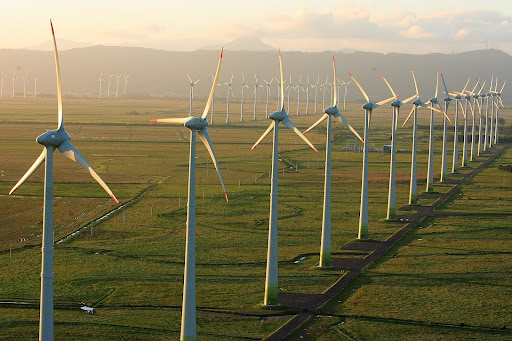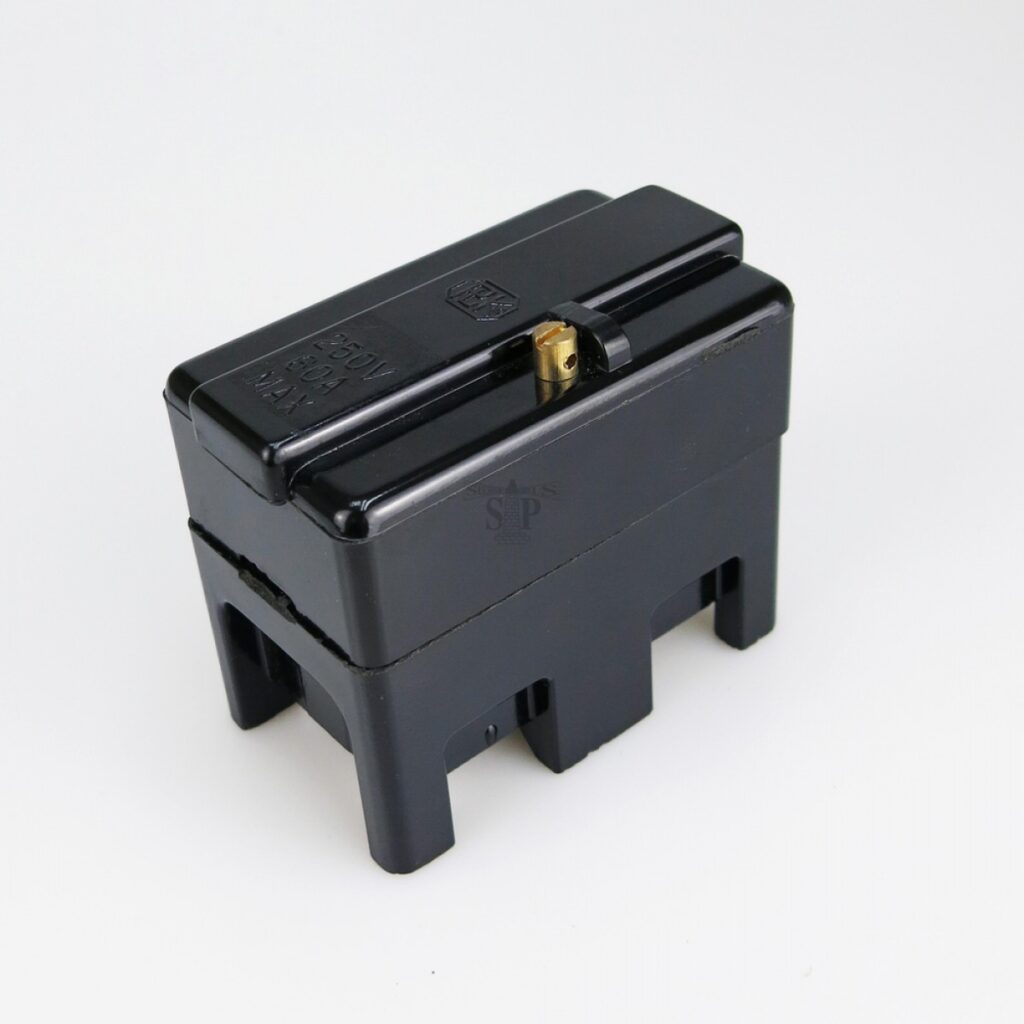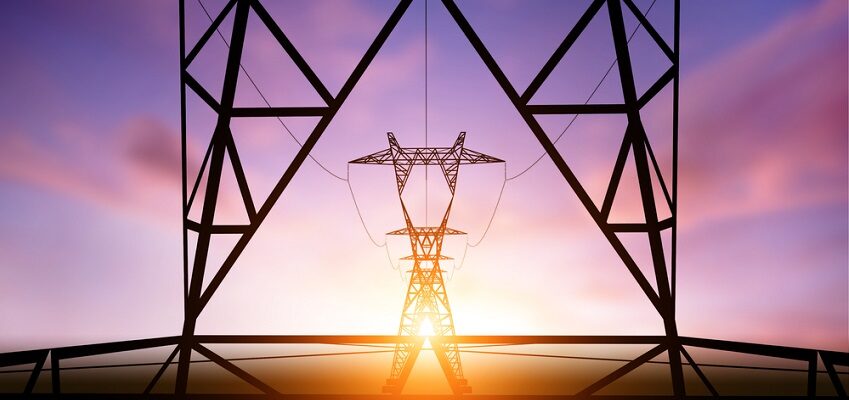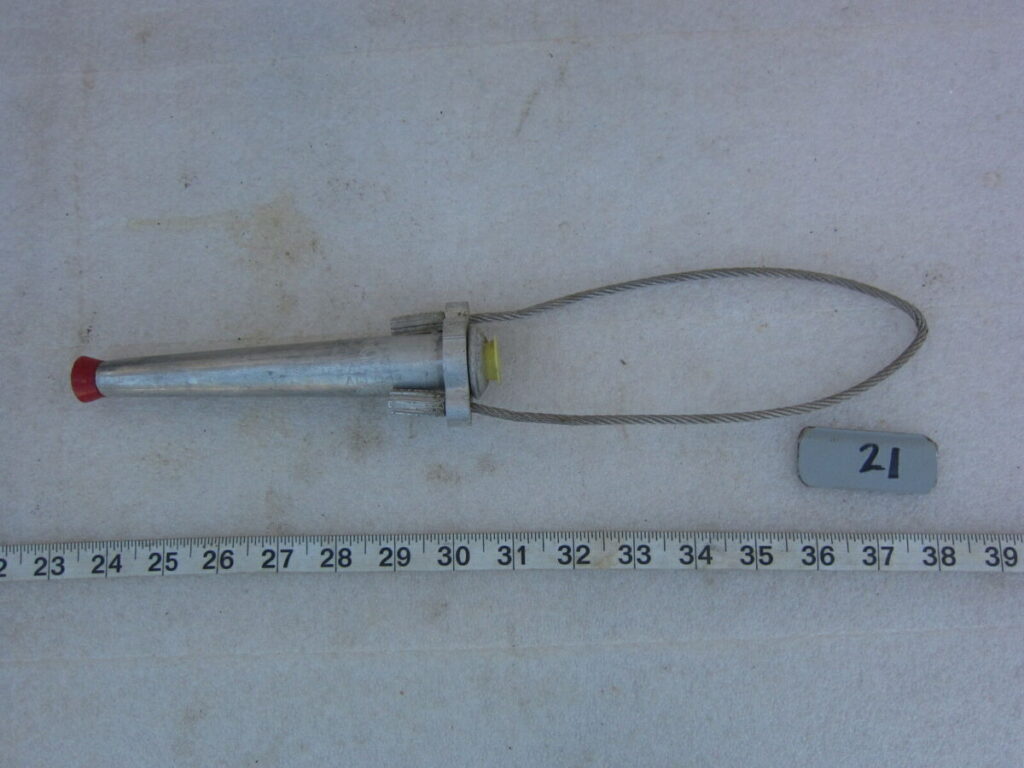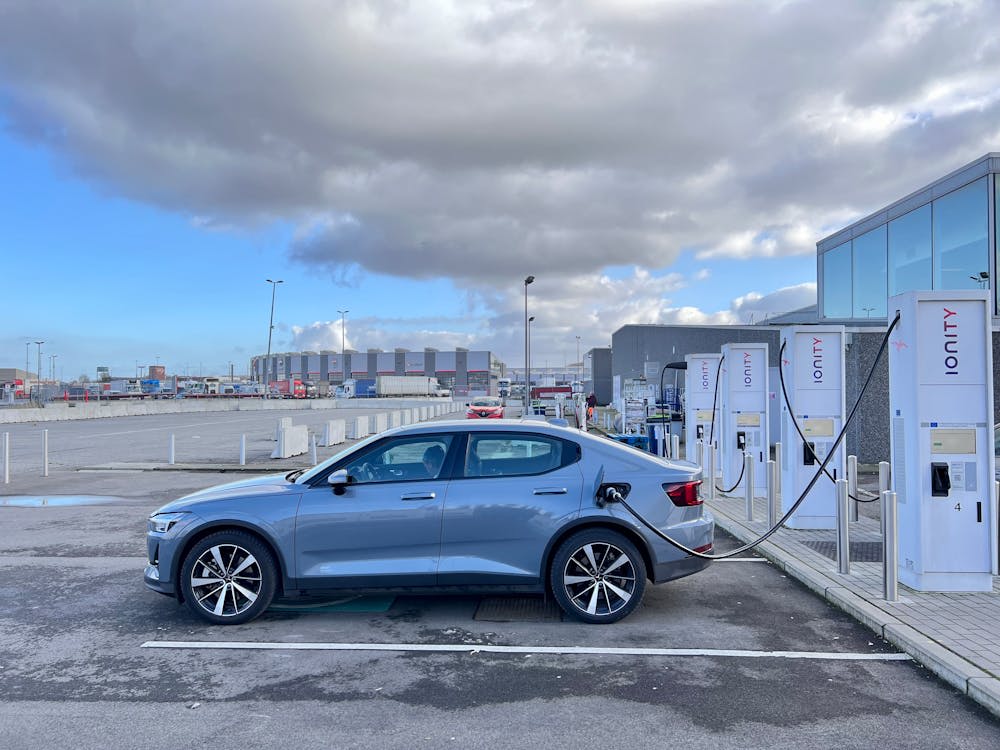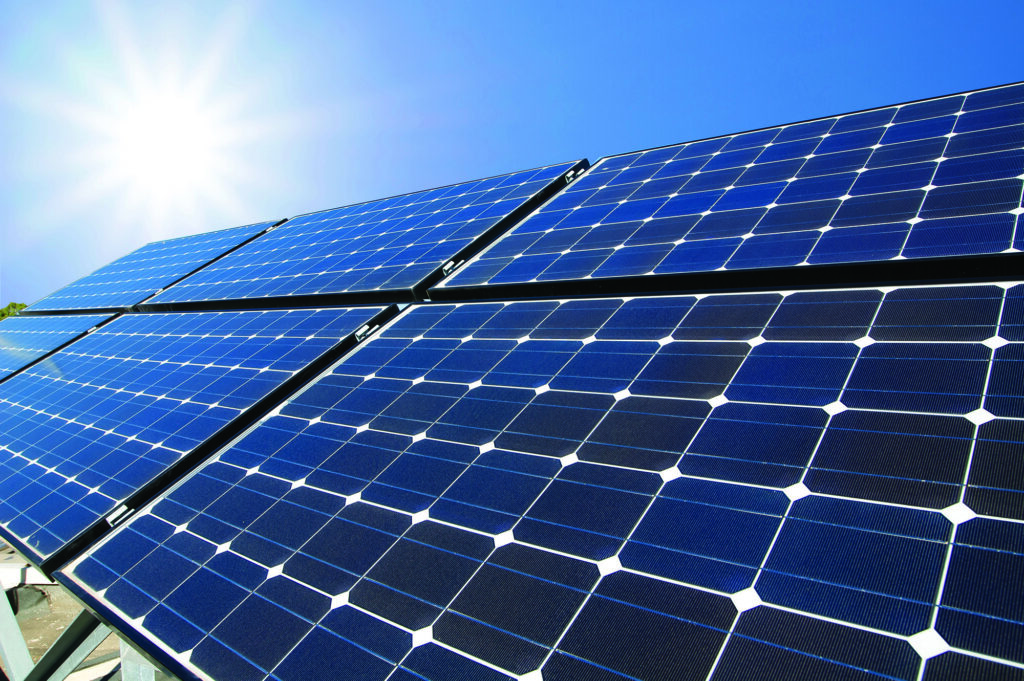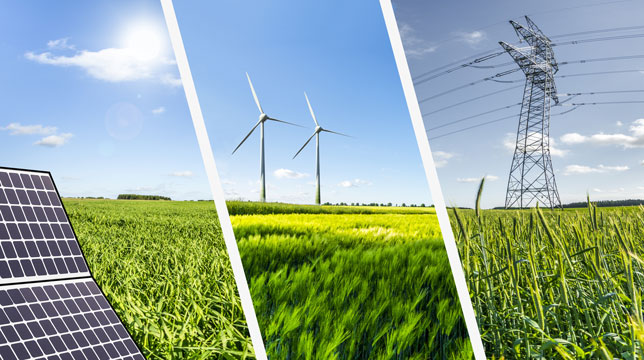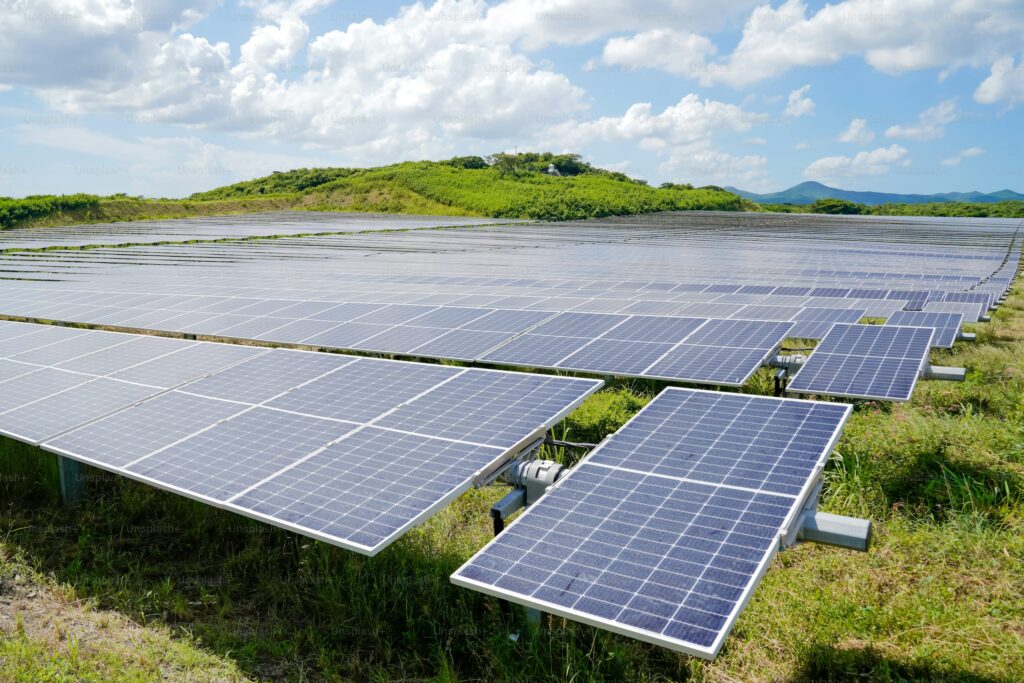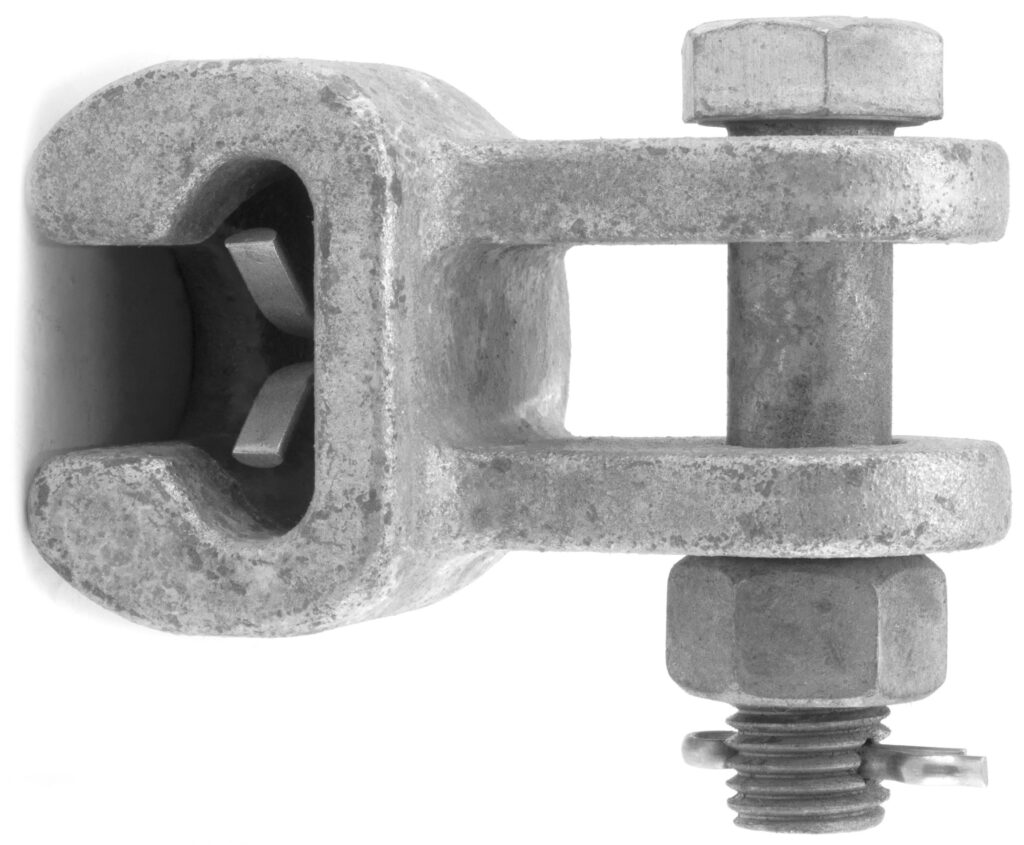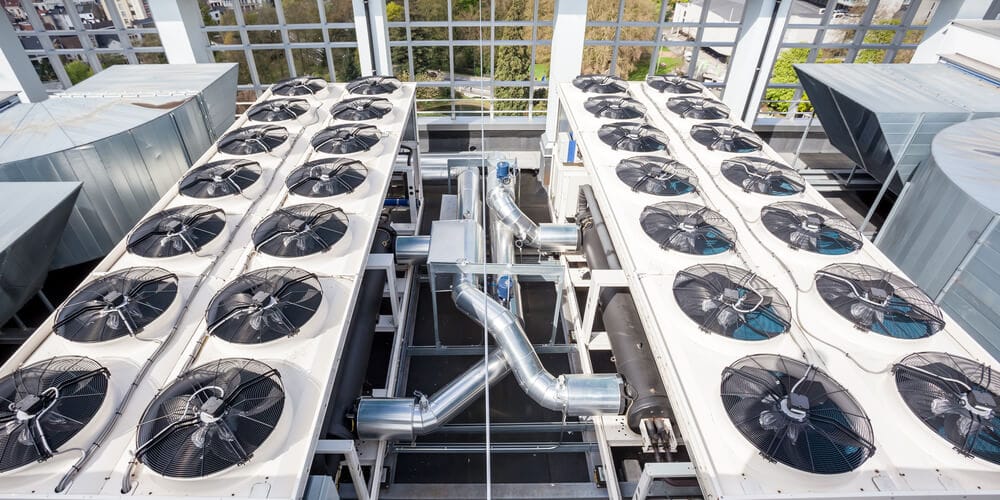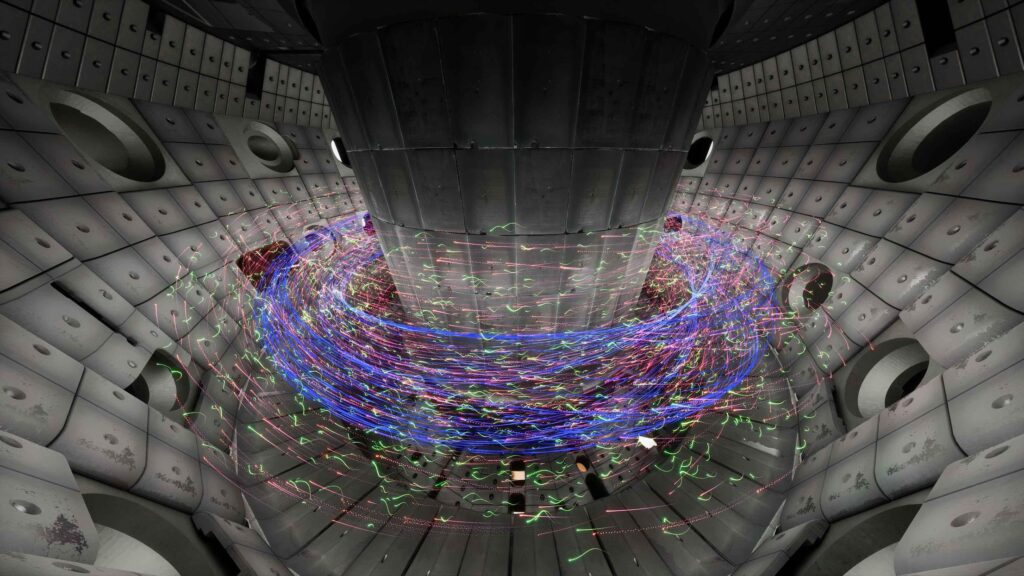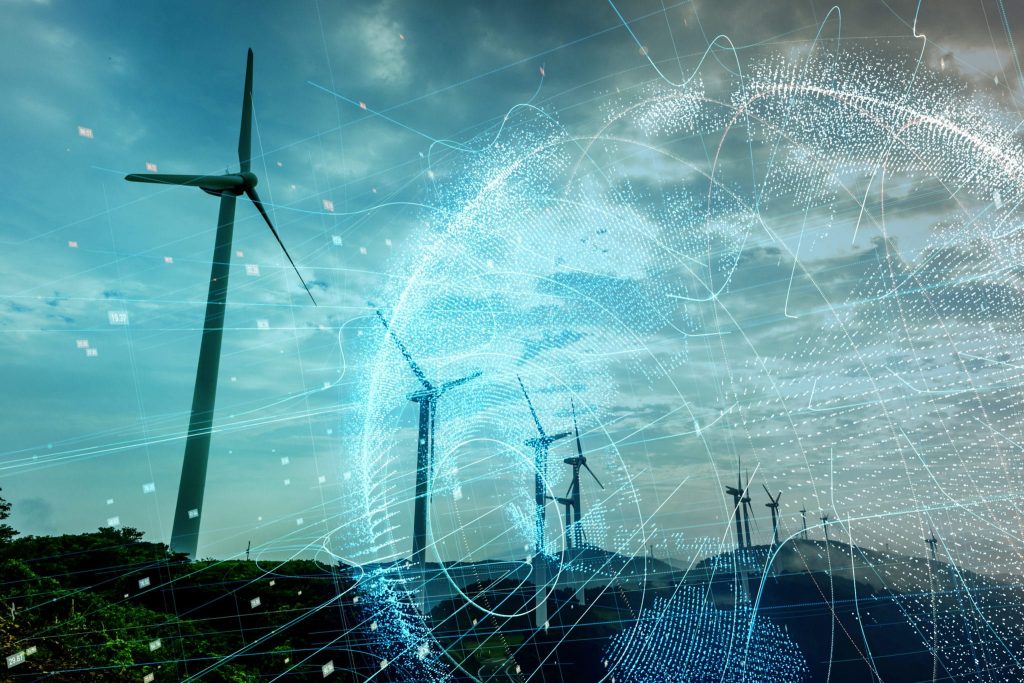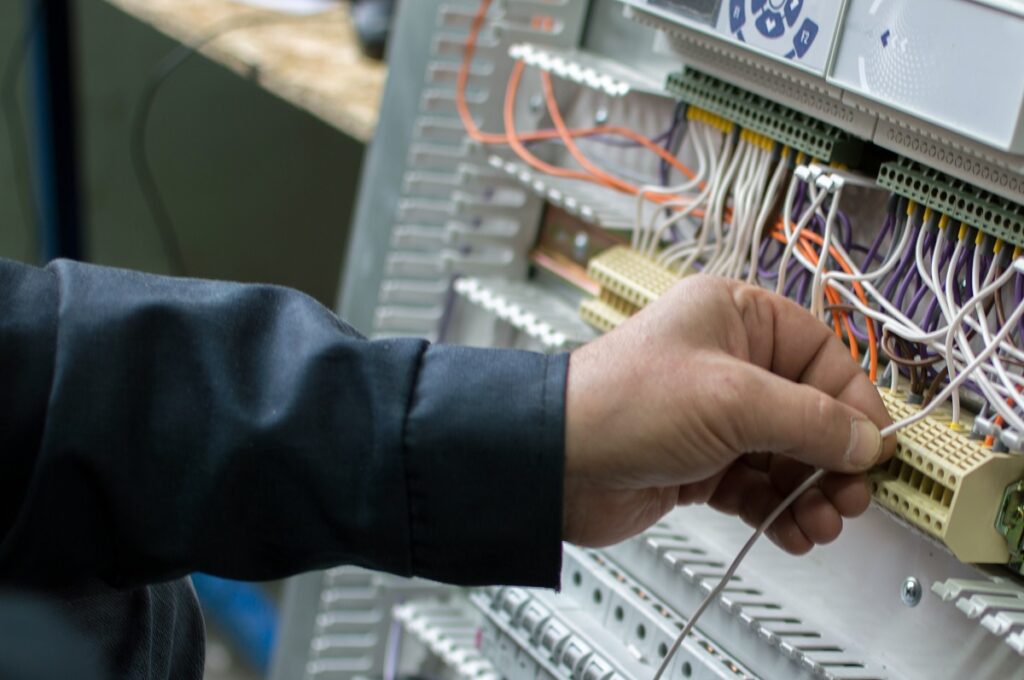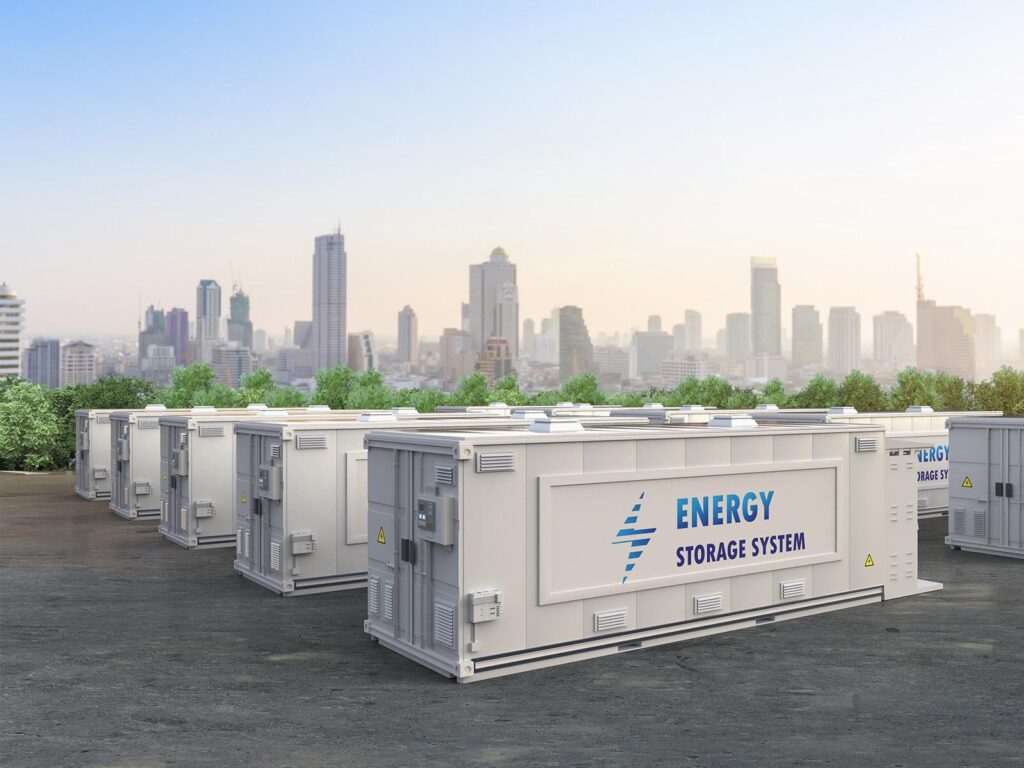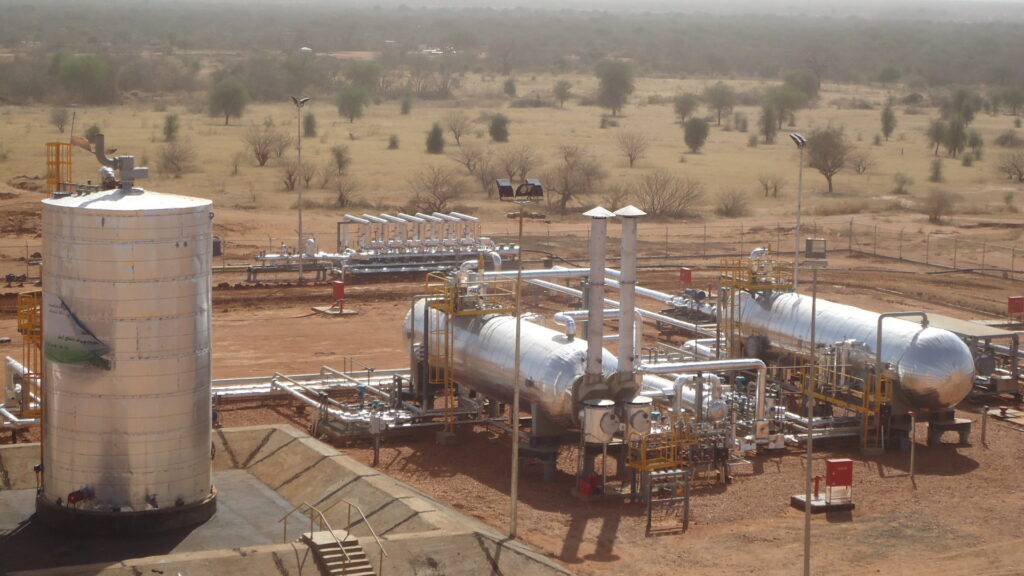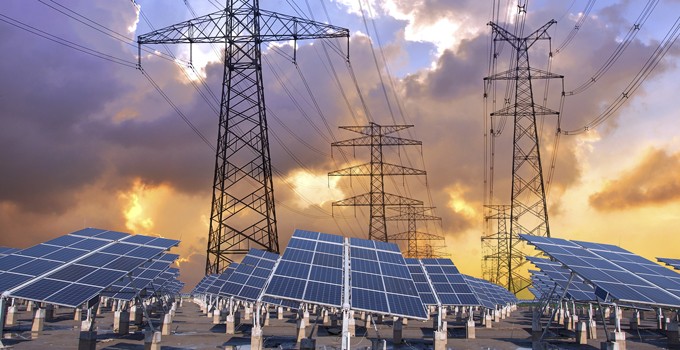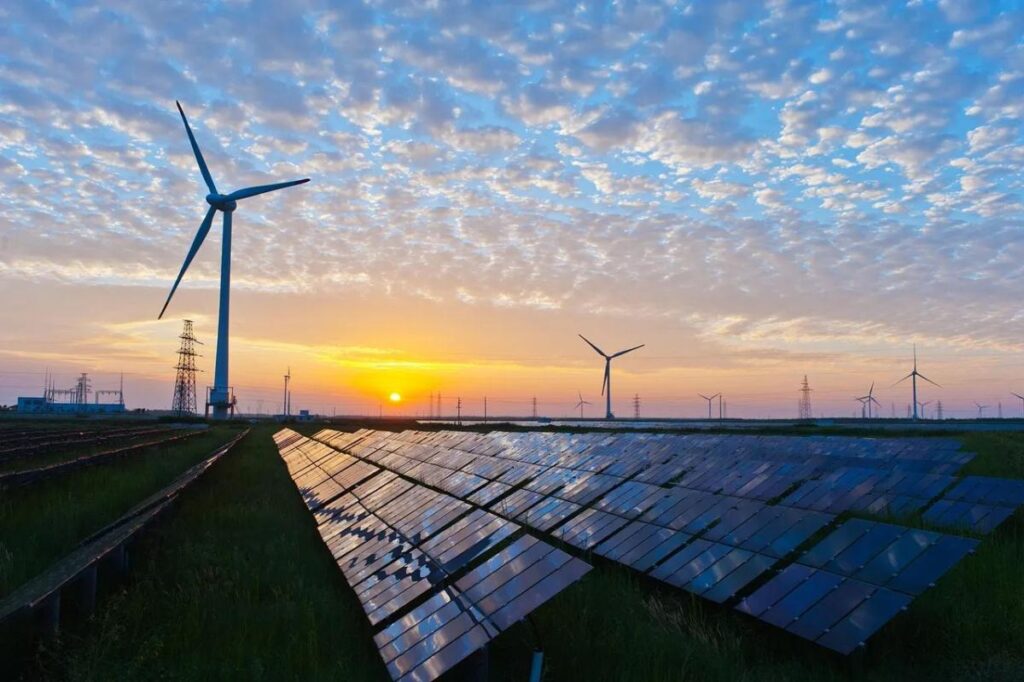Ball clevis powers Verano’s renewable energy breakthrough in Chile
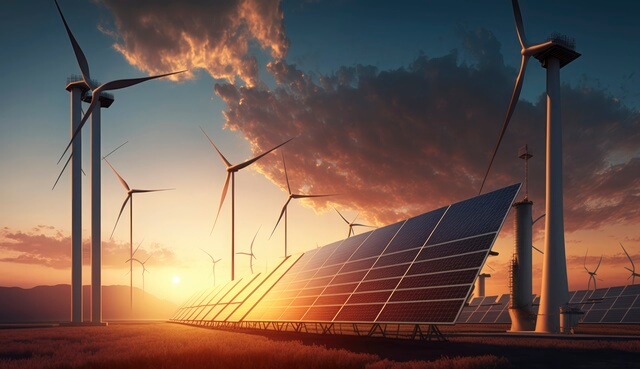
Verano Energy, a renewable energy developer, has achieved milestones in Chile’s renewable energy sector. The company’s solar projects are powered by advanced hardware including ball clevis components and ensure the stability and efficiency of solar panel installations.
Large-scale battery storage projects are being deployed to ensure grid stability and maximize solar energy usage day and night. Government incentives and private investments are driving the growth of hybrid renewable energy systems.
A ball clevis is a crucial component in power transmission connecting electrical insulators to overhead lines. It ensures stability and durability in high-voltage transmission networks.
Ball clevises are essential for maintaining grid reliability in extreme conditions like Chile’s deserts and mountainous regions. They support the integration of renewable energy sources into the national power grid.
Chile’s energy industry is using various energy storage systems to enhance energy reliability and efficiency. Lithium-ion and pumped hydro storage projects are gaining momentum in the nation. Energy storage allows Chile to store excess solar energy during the day and use it at night to increase grid stability.
The country aims for carbon neutrality by 2050 with renewables expected to dominate electricity generation by 2040. They are investing in smart grids, energy storage, and power transmission infrastructure to meet these goals.
#chilerenewableneergy #solarpower #ballclevis #powertransmission #decarbonization #gridstability #cleanenergy
How Peru’s rich mining sector is fueling clean energy transition and the role of double arming bolt
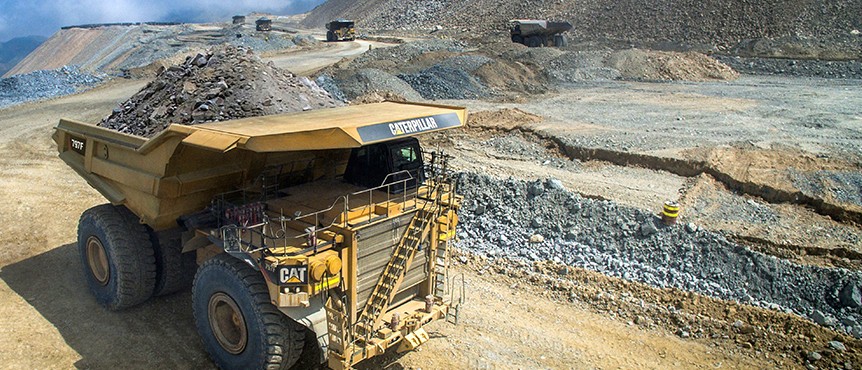
Peru’s mining sector is a key enabler of the country’s renewable energy goals, with abundant copper, lithium, and other critical minerals.
Leading mining companies are investing in solar and wind energy to power their operations to reduce their carbon footprint and supporting Peru’s climate goals. Government policies are encouraging sustainable mining through green investments, energy-efficient equipment, and electrification.
A double arming bolt is a crucial fastener used in power transmission poles, reinforcing electrical infrastructure to support heavy-duty energy loads in mining regions.
Peru’s mining industry requires reliable electric grids needed to distribute renewable energy efficiently to remote applications. Double arming bolts help stabilize transmission structures to ensure safety, efficiency, and durability.
Strong electrical infrastructure is crucial to prevent power disruptions and maximize clean energy use as mining companies shift to solar and wind power.
The mining sector in Peru is a pillar of the renewable energy revolution and is committed to sustainable mining practices and robust infrastructure.
#peruminingindustry #renewableneergy #cleanenergy #sustainablemining #fasteners #doubelarmingbolt #mining
South America’s power technology trends and grid challenges
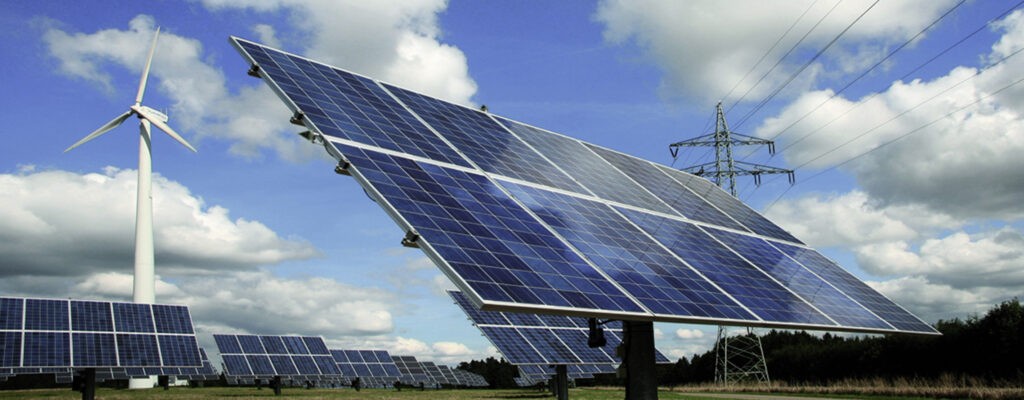
As south America speeds up its shift to renewable energy sources, grid stability remains a significant concern. Countries like Chile, Brazil, and Argentina are expanding solar and wind power but outdated infrastructure and inconsistent energy distribution are creating bottlenecks.
This shift faces various challenges including intermittent renewables, aging transmission infrastructure, energy losses, and blackouts.
South America can enhance grid stability issues through the use of line guards. Line guards are devices that protect overhead power lines from mechanical stress, vibration, and environmental damage.
Line guards prevent line failures, enhance renewable energy integration, and reduce maintenance costs. They protect power cables from excessive vibration, extending grid lifespan and stabilize power transmission from wind and solar farms.
Strengthening grid infrastructure with line guards and smart grid technology is essential to achieving a reliable, low carbon energy future in South America.
South American countries can invest in AI-driven grid management for improved energy efficiency. Using battery storage expansion can help balance supply and demand in the region.
#energytransition #renewablenergy #powergrid #southamerica #gridinfrastructure #sustainableenergy
Powering South America’s energy future through power technology trends
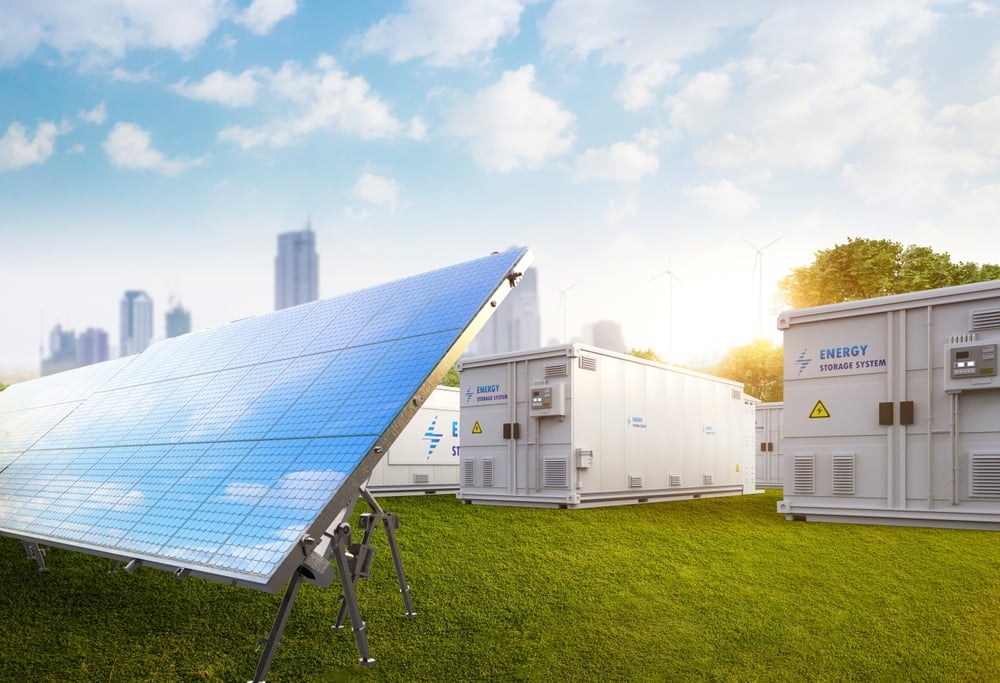
South America is shifting towards a renewable-powered future, leveraging advanced technologies to enhance energy efficiency, grid reliability, and sustainability.
There are key trends powering South America’s energy transition including offshore wind farms, grid modernization, smart infrastructure, solar power, and energy storage & battery advancements.
Cross plate anchors are crucial in stabilizing wind turbines, solar farms, and transmission towers in South America’s diverse landscapes. They provide long-term structural support reducing the need for frequent maintenance and increasing the durability of energy projects.
Chile’s Atacama Desert receives the highest solar radiation which is ideal for solar energy expansion. Government incentives are speeding up grid-scale and off-grid solar installations.
Investments in smart grids helps manage the rising influx or renewable energy. Chile’s national energy strategy aims to reinforce high-voltage transmission lines using advanced anchoring systems for greater efficiency.
